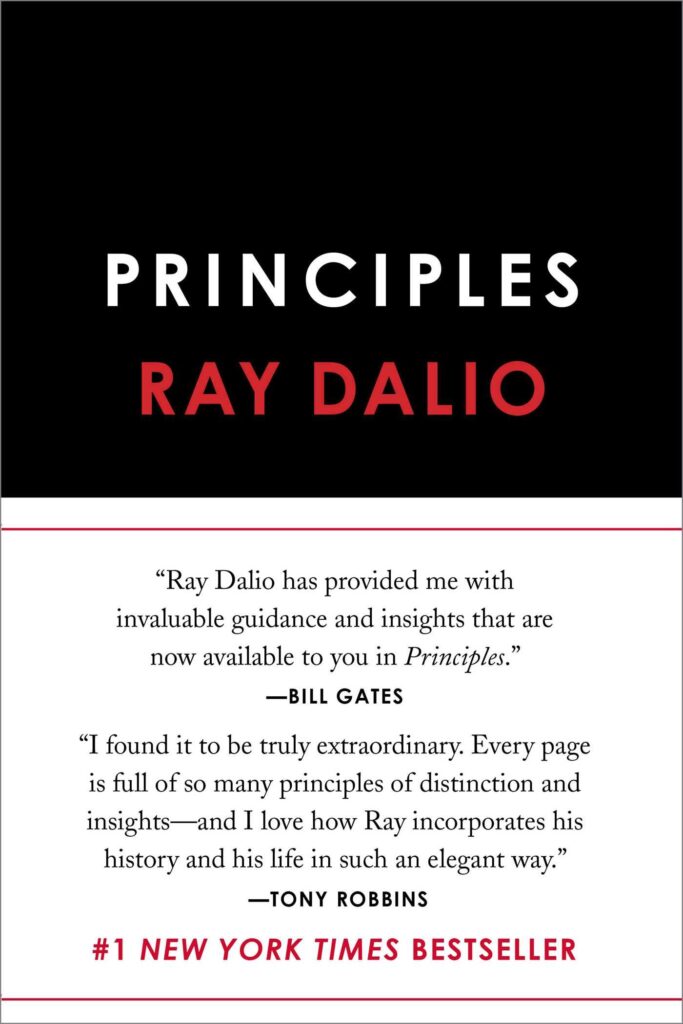Category: Problem Solving
(23 von 100)
Why: I need this to navigate through confusing times in life and business.
Goal: learn how to make consistently better decisions.
Table of Contents
Action: Turn your lessons learned into principles list.
3 Key Concepts
- Best ideas must win.
- Handle your weaknesses properly: accept or change a goal.
- Write down principles, make a list, and live by them.
Summary
In my opinion, this book teaches you to be an engineer in all situations. Be radical open-minded, stay on point, find a root cause, design a plan, and push through. Finally, record a lesson learned as our own principles, and live by them.
Radical truth and transparency.
Ray supports Idea Meritocracy, where best ideas win regardless of where or whom they come from. In order for such a system to function, the organization must possess radical truth and transparency.
Moreover, everyone in the community should be encouraged to disagree openly and thoughtfully. Though, make decisions with a Believability-weighted approach, meaning consider the expertise of individuals.
Handle your weaknesses properly.
Denying them is of course not smart. Accepting by strengthening them or find a way to workaround.
If accepting is not an option? Change the goal entirely.
Write down principles, make a list, and live by them.
We all have our own share of failures and successes. The lesson we learned is with us to draw upon future adversities. Ray suggested maximizing these gems by writing them down clearly and make a commandment.
By reviewing your principles regularly, you will become more consistent with who you are, and what you stand for.
When the time comes to make a call, this will be your proof, which supports you with a decision to go ahead or to stop and take a different path. To be courageous and stick to it. Even when it goes wrong, you can come back and review the principles, adjust them for the next time around.
Here is the generic 5-step process to ultimate success by Ray.
- Have a clear goals.
- Identify and don’t tolerate problems.
- Find the root causes.
- Design plans to get around problems.
- Push through the results.
He also suggested 3 particular ways to synthesize situations.
- Synthesize data at hand down to conclusion: separate what actually affects results.
- Synthesize through time: repeat the test to nail down factor’s behavior.
- Synthesize on various depth: each factor has different level of abstraction.
Wrap up, it sounds a lot like my daily work of failed part investigation. First, we get on the same page of what happened, define the problem, and drill down each hypothesis. After we select the root cause, we validate it. If it passes the validation, we write them down as a lesson learned. I guess, if I am conscious about it, I can get good at it. And so should you!

Goal check: I learned the importance of having principles for making a decision.
Wasu’s Review
( 4.0 / 5.0 )
Get this book on Amazon here!

